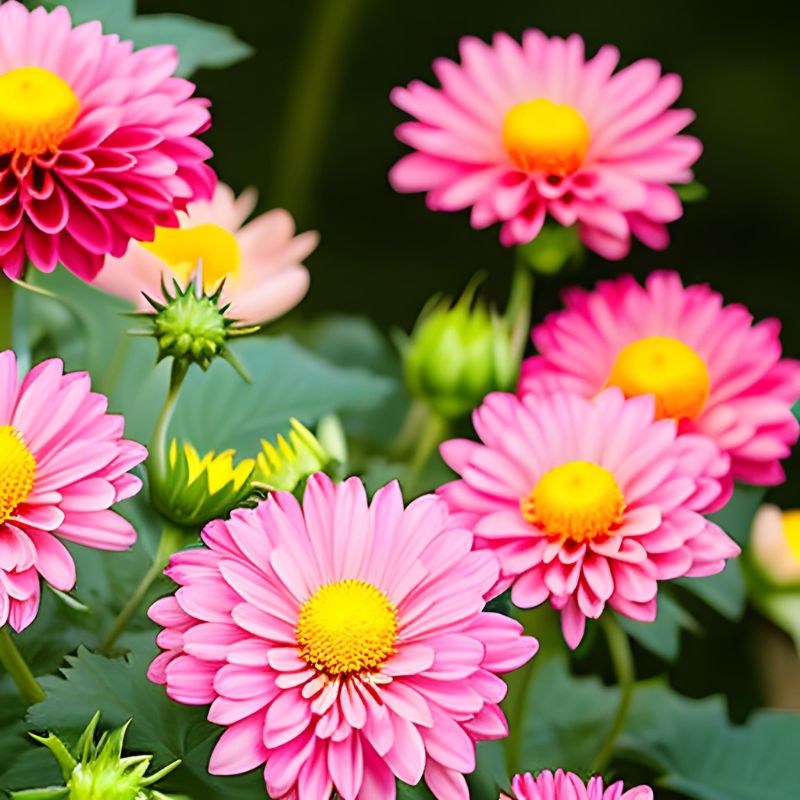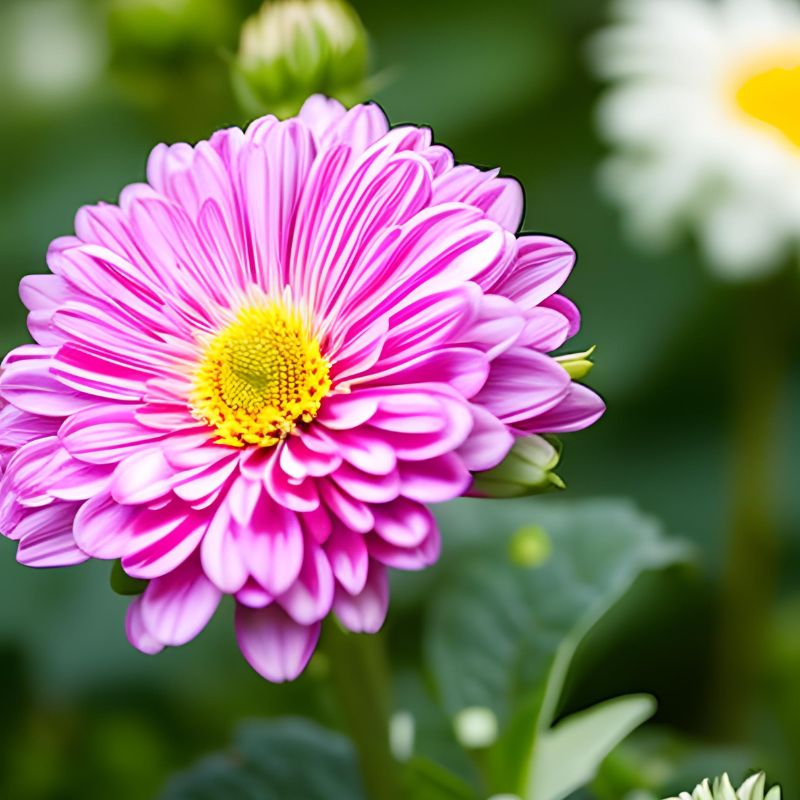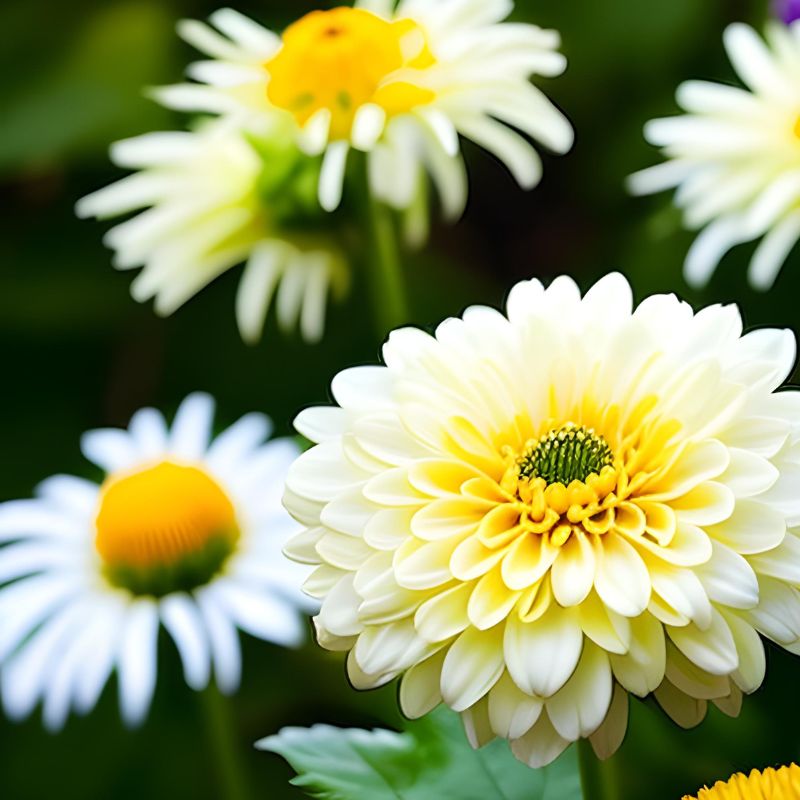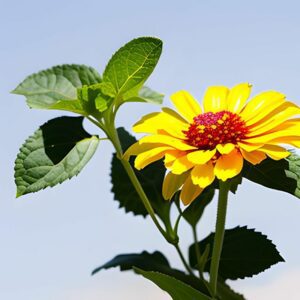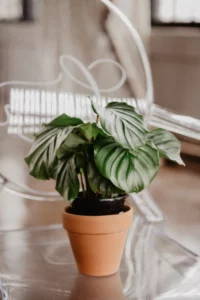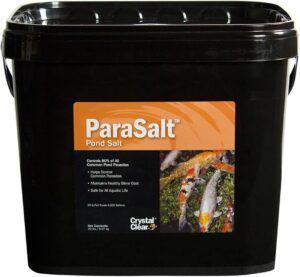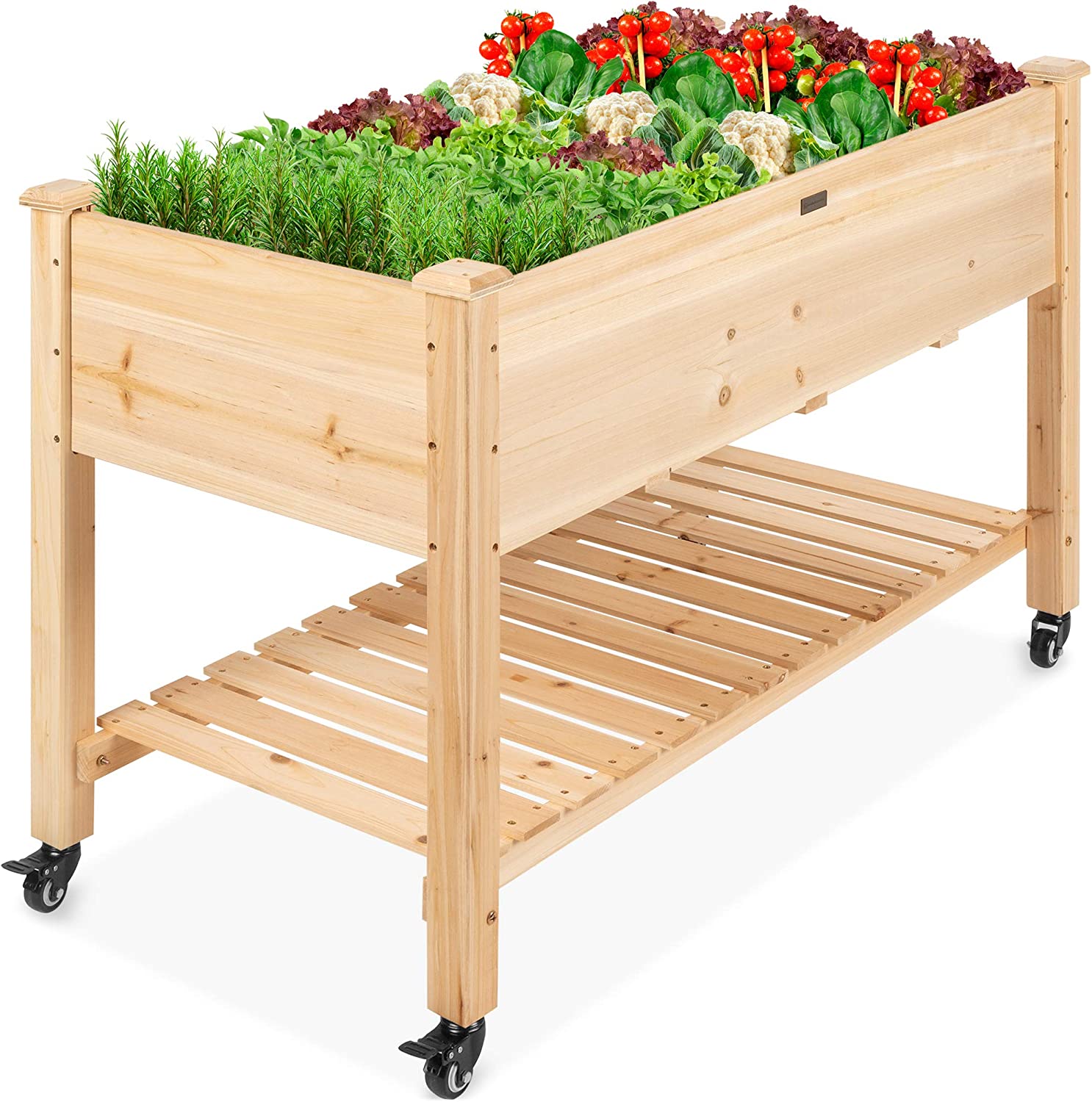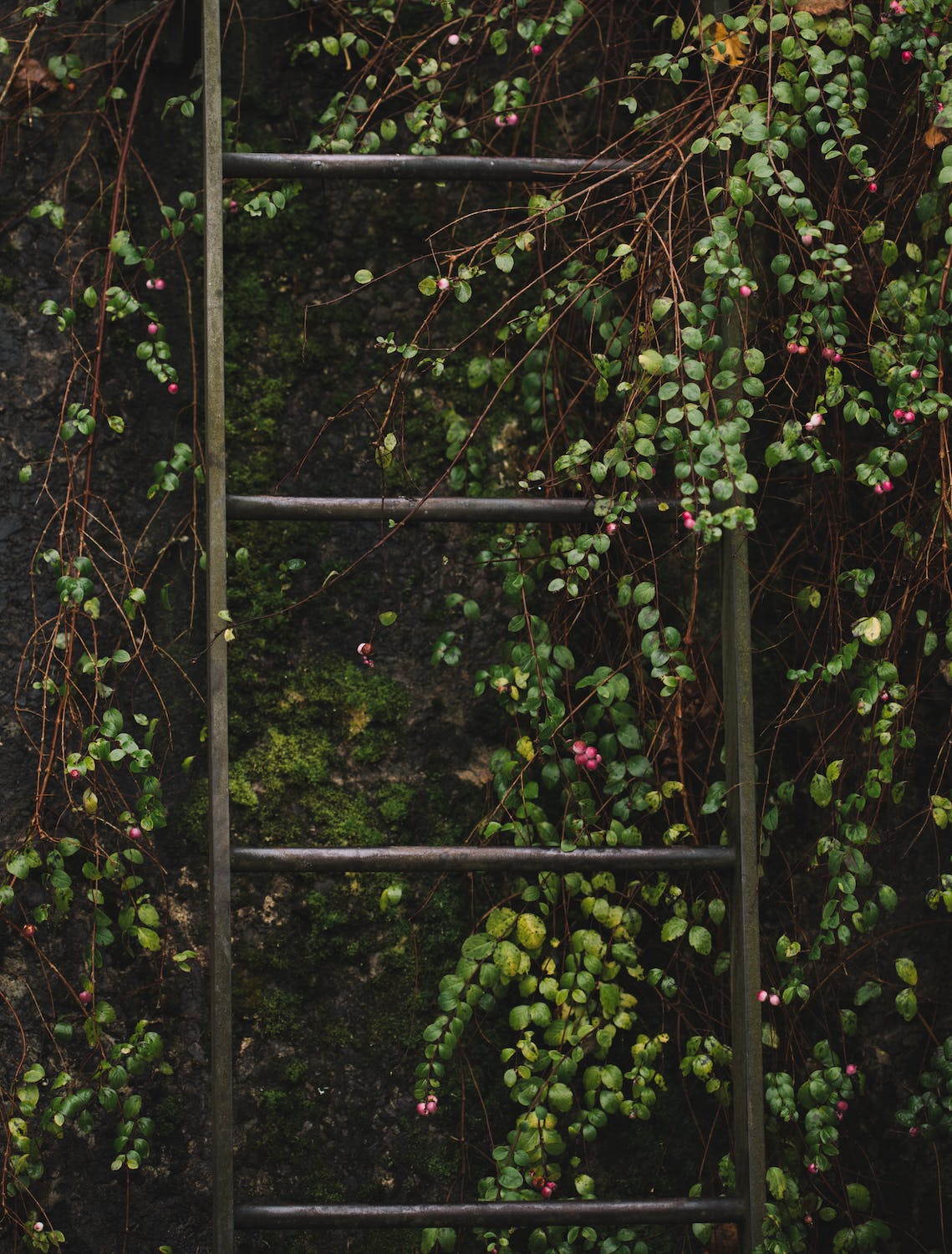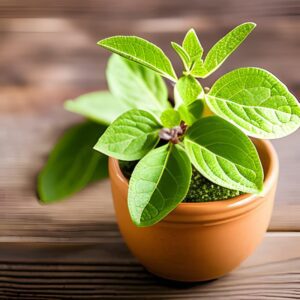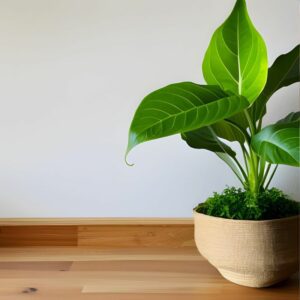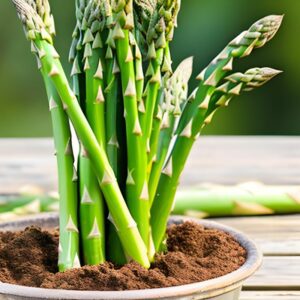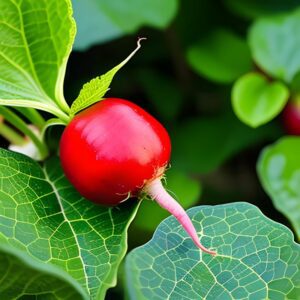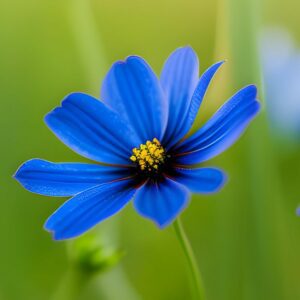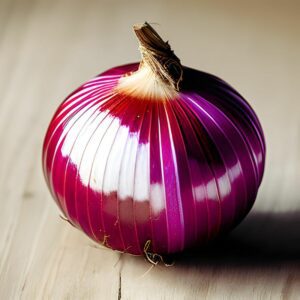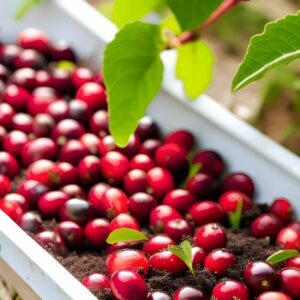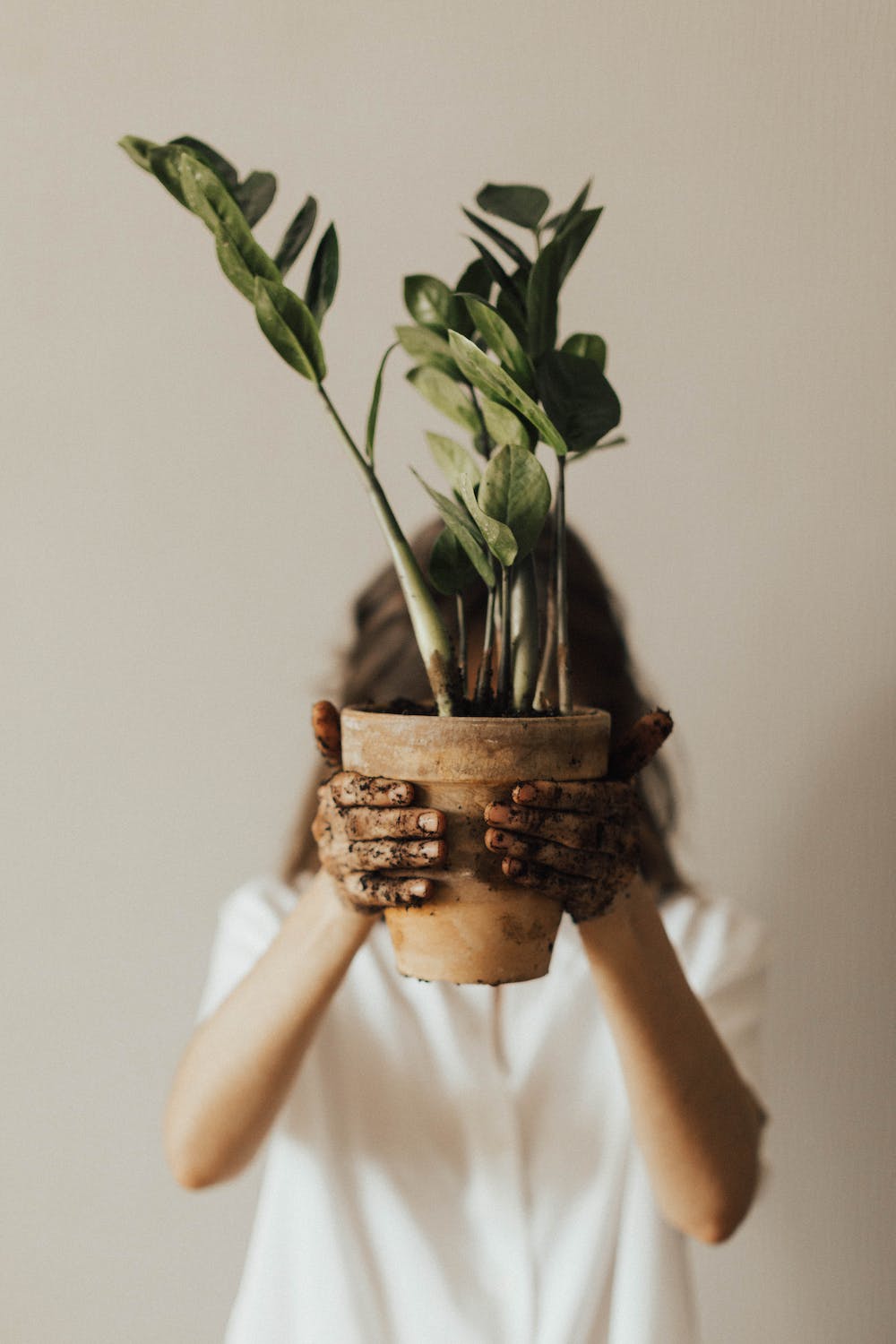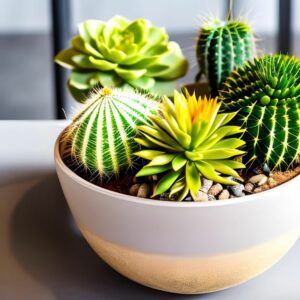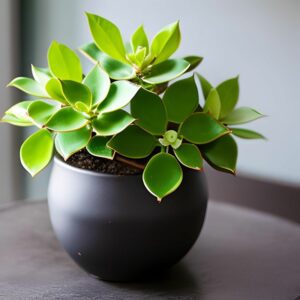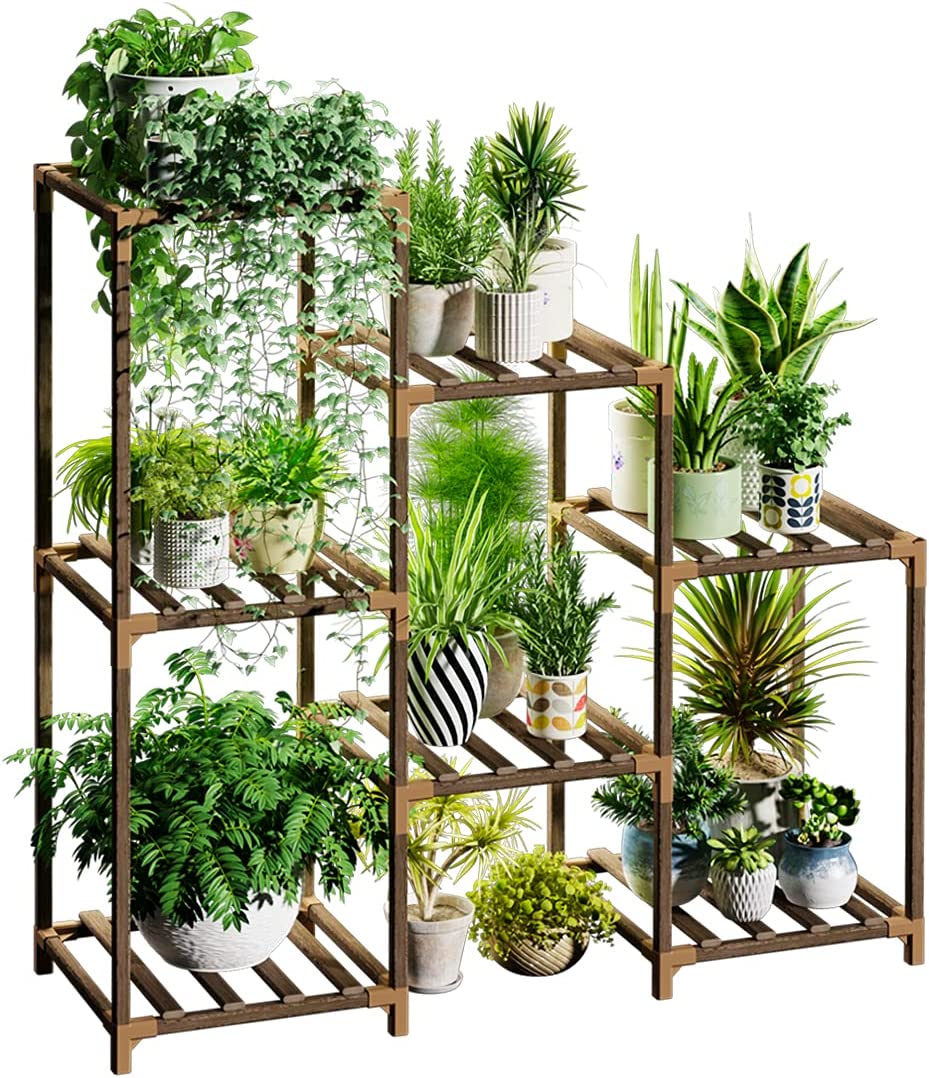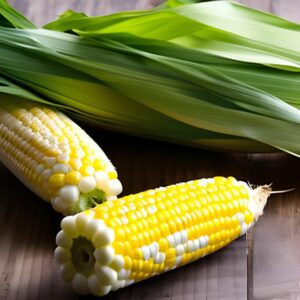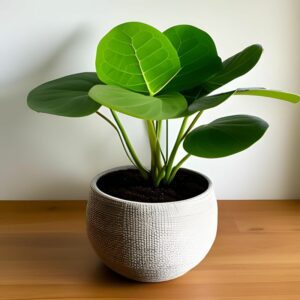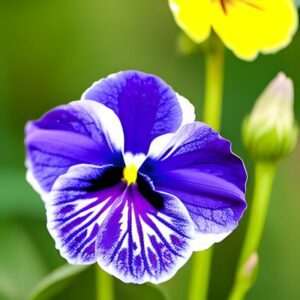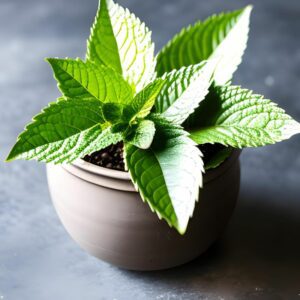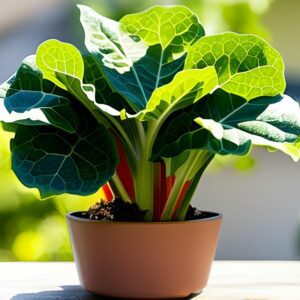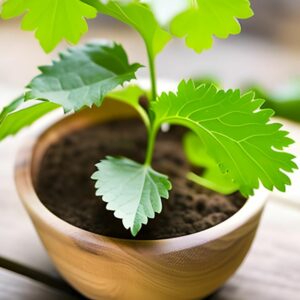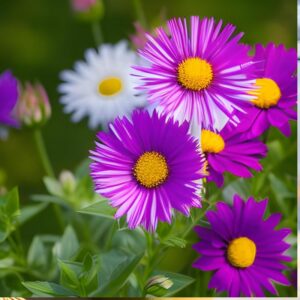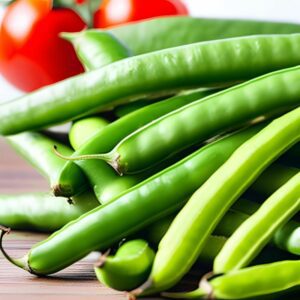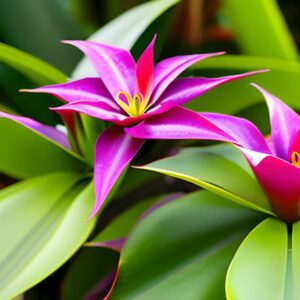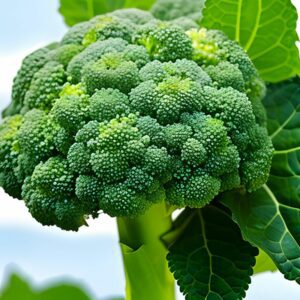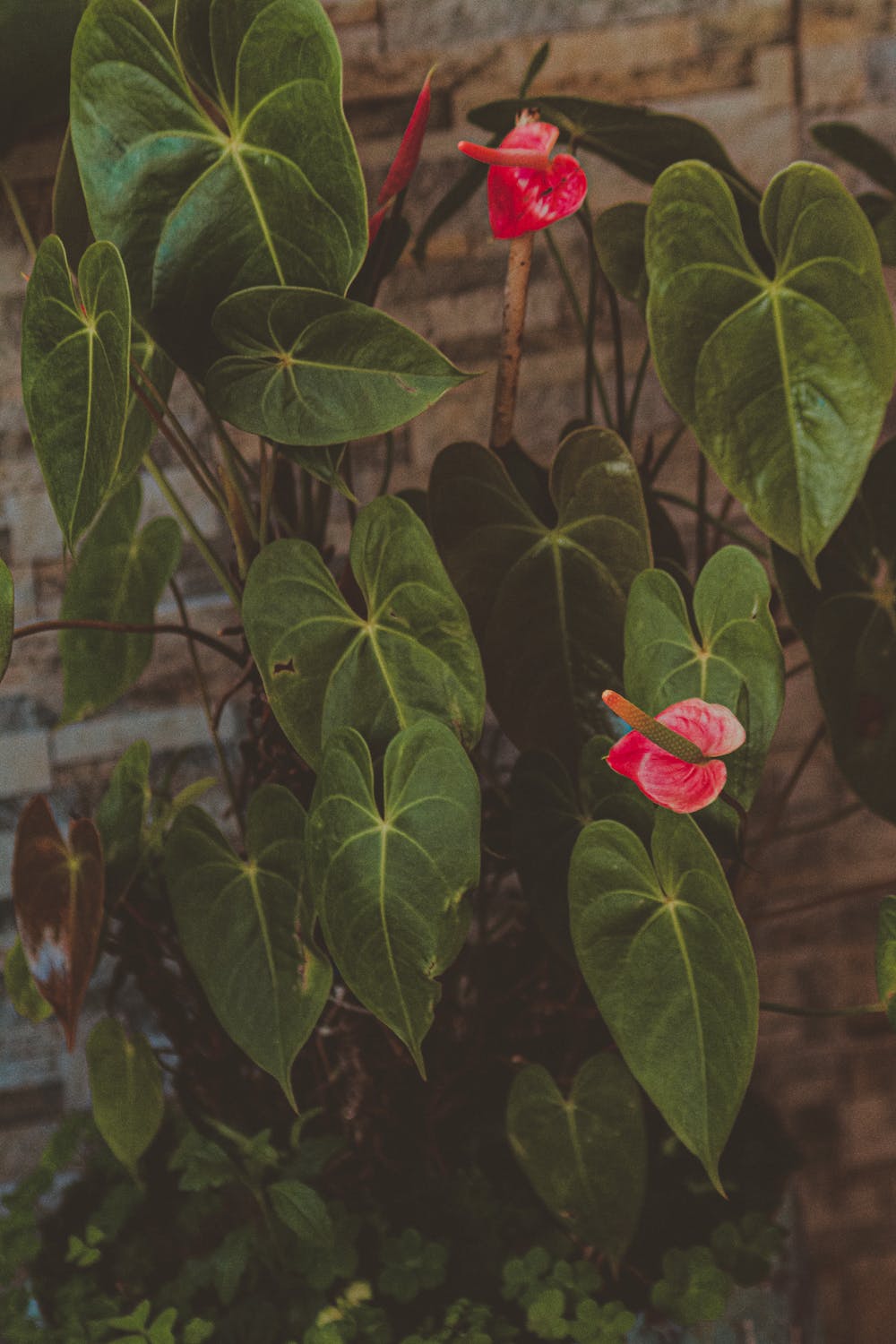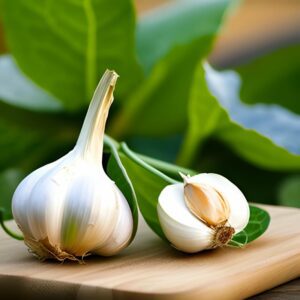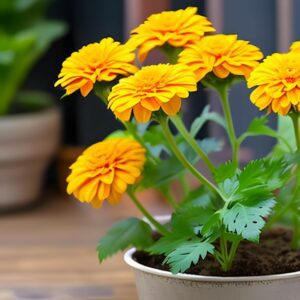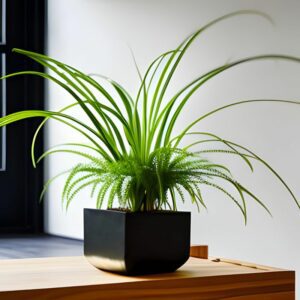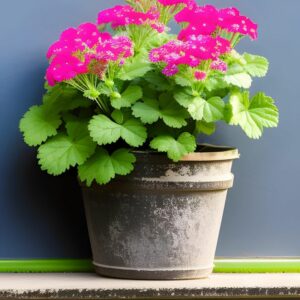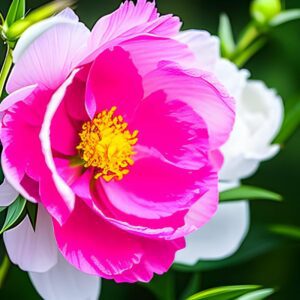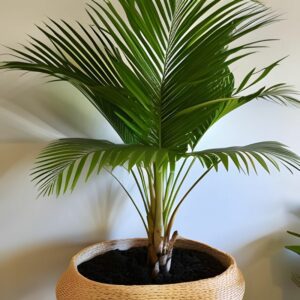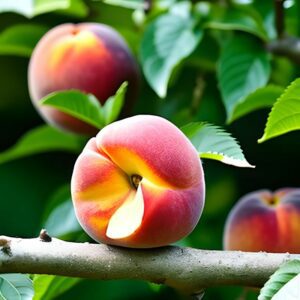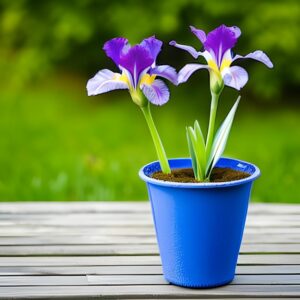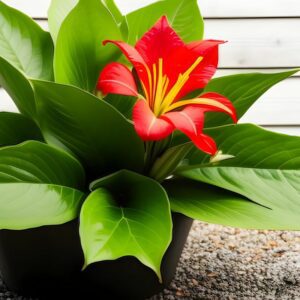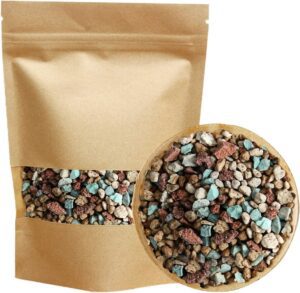Canna Lily
Flowers
- Americas (Mexico)
- Easy
- 8-10 weeks
Introduction
Chrysanthemums, commonly known as mums, are beautiful flowering plants that originated in Mexico and have become popular around the world. With their vibrant and diverse array of colors, chrysanthemums add a touch of elegance and beauty to gardens, flower beds, and floral arrangements.
Plant Characteristics
Chrysanthemums come in various shapes and sizes, including daisy-like, pom-pom, and spider-like forms. They display a wide range of colors, such as yellow, white, pink, red, and purple. The flowers are often accompanied by dark green foliage that complements their vibrant hues.
Ideal Growing Conditions
Chrysanthemums thrive in full sun, but they can tolerate partial shade. They prefer well-drained soil that is rich in organic matter. Regular watering and good air circulation are important for their optimal growth.
Planting Guide
Plant chrysanthemum cuttings or young plants in spring or early summer, after the last frost date. Dig a hole slightly larger than the root ball, place the plant in the hole, and backfill with soil. Water thoroughly after planting.
Watering and Fertilizing
Keep the soil consistently moist but avoid overwatering, as it can lead to root rot. Water at the base of the plants to prevent foliage diseases. Fertilize with a balanced slow-release fertilizer according to package instructions.
Pruning and Maintenance
Pinch or prune the growing tips of young chrysanthemum plants to encourage bushier growth and more abundant blooms. Deadhead faded flowers to promote continuous blooming. In colder regions, apply a layer of mulch around the plants in late fall to protect them during winter.
Harvesting or Flowering
Chrysanthemums typically bloom in late summer to fall, providing a burst of color when many other plants are waning. Enjoy their vibrant flowers as cut flowers for indoor arrangements or let them brighten up your outdoor spaces.
Post-Harvest Care
After the blooming season, cut back the chrysanthemum plants to within a few inches of the ground. This will help prepare them for the following year’s growth. In regions with harsh winters, protect the plants with a layer of mulch or move potted specimens indoors.
Troubleshooting
Watch out for common pests like aphids, spider mites, and leafhoppers. Use organic pest control methods or insecticidal soap if necessary. Proper spacing, good air circulation, and avoiding overhead watering can help prevent fungal diseases.
Fun Facts
Chrysanthemums hold great cultural significance in many countries. They are the birth flower for November and are often associated with longevity, joy, and happiness. In some cultures, chrysanthemum flowers are used in traditional medicine and herbal teas for their potential health benefits.

